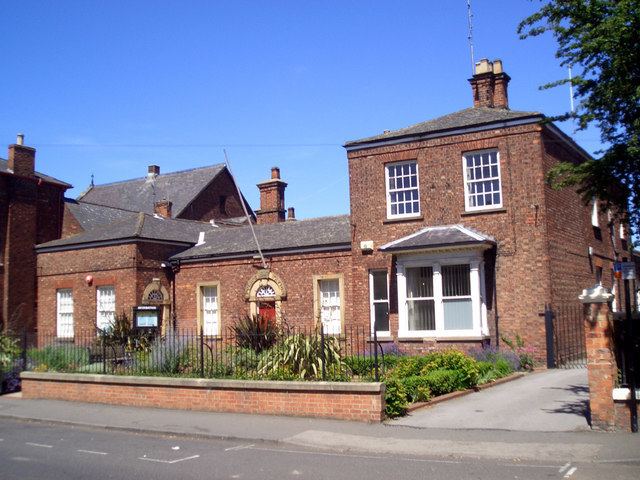Died 1881Skegness Nationality English | Occupation Architect Name James Padley | |
 | ||
Born 1792 | ||
James Sandby Padley was an English surveyor, architect and civil engineer who worked in Lincoln, England. He was County Surveyor for the Lindsey portion of Lincolnshire from 1825 to 1881, and was also noted for his interest in antiquarian studies.
Contents
Career
Padley claimed to have been the illegitimate son of the Rev. Charles Sandby, the younger son of a wealthy London banker, who lived in Partney, Lincolnshire between 1791 and 1794, having been "rusticated" from Oxford for having had an affair, and Elizabeth Padley, daughter of Richard and Elizabeth Padley (née Hill) of East Kirkby. Padley received training as a surveyor under Captain Stevens of the Royal Engineers between 1819 and 1820 while working on the initial survey of the Ordnance Survey in Lincolnshire. He then undertook the survey of the estates of Charles Chaplin near Louth and this was followed by surveys of the Temple Bruer Estate and Blankney Fen for Chaplin. Followed the death of William Haywood, probably in 1825, Chaplin was to recommend him for the post of Surveyor for County Bridges of the Division of Lindsey and Surveyor of Sewers for the Lincoln District. He was to hold these positions until his death in 1881. He also became surveyor to the Lincoln Turnpike Trusts. Padley worked from premises in Broadgate, Lincoln.
Surveys and publications
Padley produced a number of the Enclosure Awards
Antiquarian Interests
Padley collected of topographical papers and formed a collection of antiquities including Roman amphorae, pottery and a sword). He also showed his skill as an artist in a variety of commissions, and his drawings of the Witham Shield and Newport Arch are noteworthy. From the 1840s he completed accomplished sketches of a number of old buildings in the county. In later life his business success appears to have limited the time Padley devoted to his antiquarian interests, although a few days before his death in 1881, he completed the manuscript for his major work The Fens and Floods of mid-Lincolnshire, with a description of the river Witham, in its neglected state before 1762, and its improvements up to 1825, which was published the following year. In 1851 he published Selections from the Ancient Monastic,Ecclesiastical and DomesticEdifices of Lincolnshire. This contains meticulous drawings of seven Medieval Lincolnshire buildings. These were The Greyfriars or Mechanics Institute in Lincoln, St Benedict’s Church in Lincoln, the Vicars Choral Buildings in the Lincoln Minster yard, Monk’s Abbey in Lincoln, the Whitefriars, High Street, Lincoln, Somerton Castle and Temple Bruer Preceptory. The engraved prints in this publication are invaluable for the amount of information they contain about the state that they were in at the time, and particularly for the half-timbered Whitefriars, which has been much altered.
